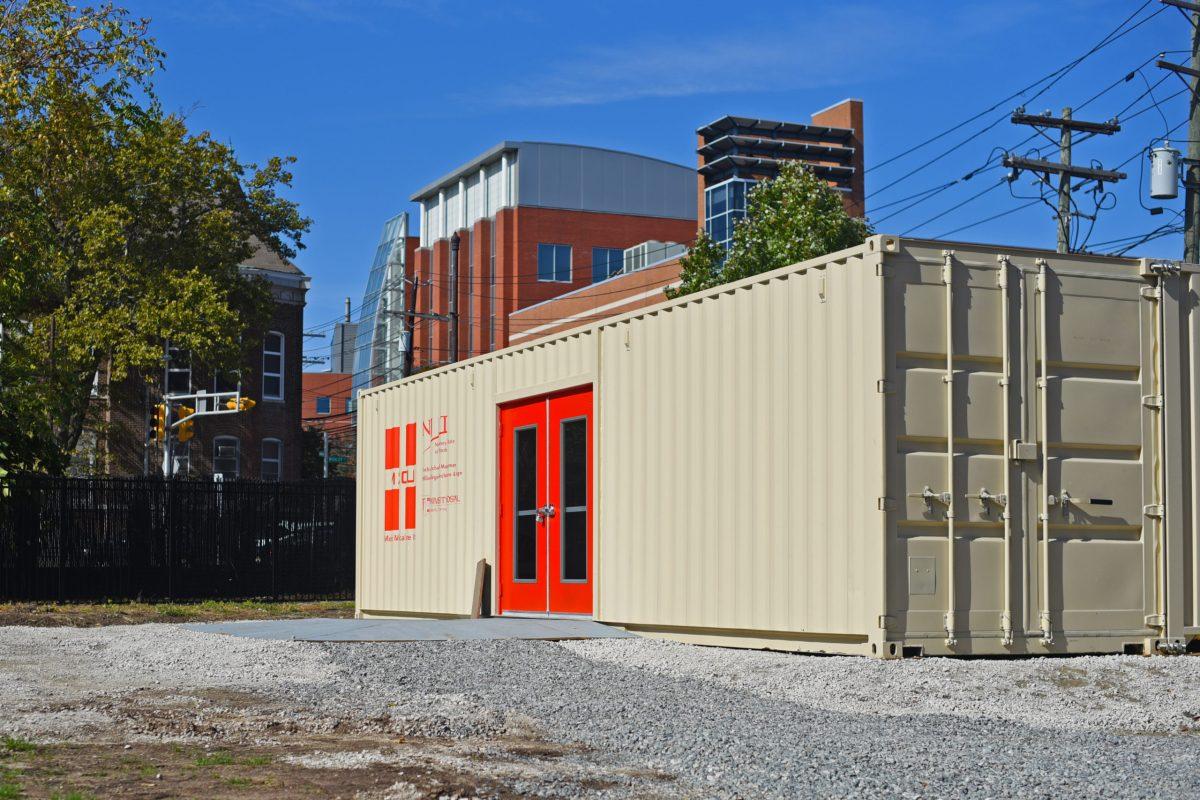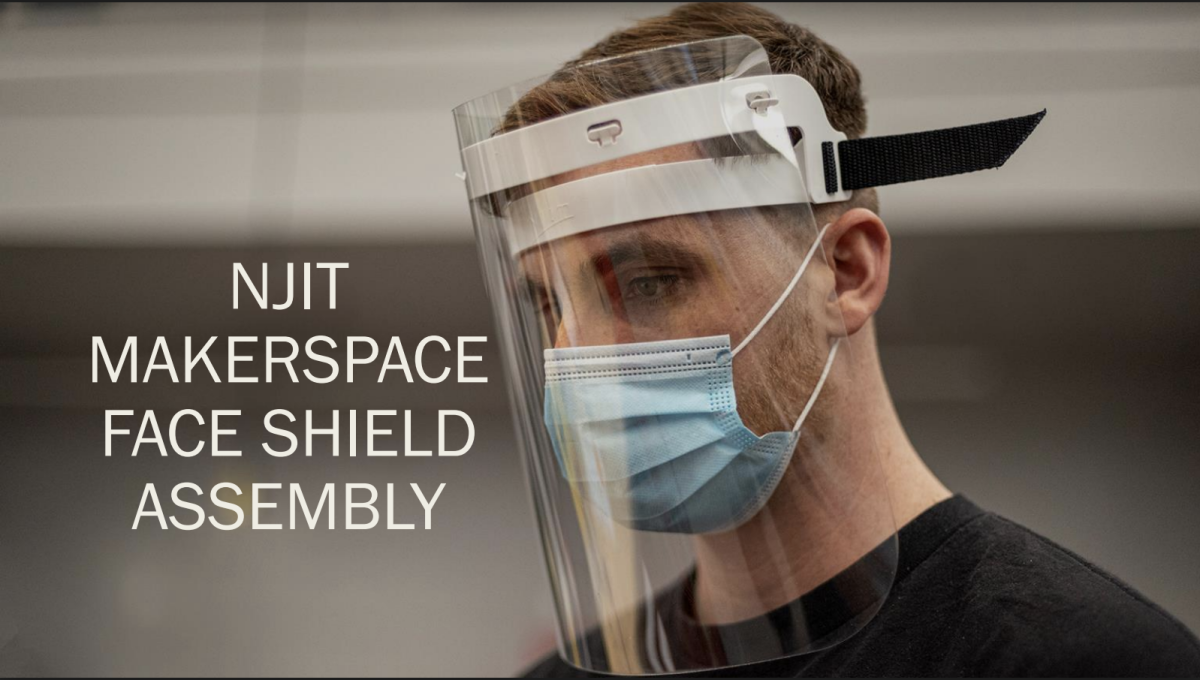As mentioned in the last edition of the paper, this week’s article will explain the rest of Cleveland Clinic’s Top 10 Medical Innovations. All of these breakthroughs aim to extend lives by combining technology with medicine. The most interesting aspect of these innovations is that the technology used is old, but the ways in which it is used is new.
Immune Booster to Fight Cancer
This year 564,800 people are expected to die from cancer. 1,500 people a day. 64 people per hour. 1 person every minute. Cancer is a condition that debilitates individuals, their families, and our society as a whole. The fight against cancer will not be won easily, but the new Immune Booster may be able to help. Cancer cells are able to proliferate without regulation so quickly in part because they evade detection by the immune system. Immune Checkpoint inhibitors are agents that prevent cancer from hiding, and they have been shown to be effective. Coupled with radiation therapy and chemotherapy, these immune booster drugs have shown impressive results in individuals with metastatic melanoma, one of the most deadly versions of cancer.
Wireless Pacemaker
We have all heard of wireless phones, wireless Internet, wireless printers, wireless iPhone Charging plate, but few have heard of the Wireless Pacemaker. The innovation is exactly what its name implies: it is a cardiac pacemaker that does not require wires to operate.
Typically, most cardiac pacemakers require a series of wires connected to electrodes that shock the heart when it has an abnormal rhythm. The wireless pacemaker is a very small device that comes with a set of receivers that receive the signal and convert it into an electrical impulse that shocks the heart. The beauty of this machine is size. The wireless pacemaker is the size of a vitamin pill and can be inserted without surgery. The lithium battery is expected to last 7 years.
Treatment for Idiopathic Pulmonary Fibrosis
Idiopathic Pulmonary Fibrosis is a disease of the lungs for which there is no cure. The disease itself involves scarring of lung tissue, and it becomes harder and harder for the person to breath. The only way to survive is to have both lungs transplanted; without it, the life expectancy of an individual with IPF is three to five years after diagnosis. Despite the grim prognosis, there is still hope as the FDA approves two experimental drugs that have been proven to effectively fight IPF and better the quality of life for affected individuals.
Intraoperative Radiation Therapy
233,000. That is how many new cases of breast cancer will arise this year. It is widely known and accepted that early diagnosis and treatment increase the chances for survival. However, a persistent problem is often price and distance. Cancer treatment is known for being expensive and not every medical center will offer the procedure. As a result, women have to travel long distances and pay exorbitant medical bills to receive service. Because of these obstacles, many women do not fully complete the therapy regimen. Incompletion may completely void the previous treatment attempts and the cancer may resurface.
A new treatment known as Intraoperative Radiation Therapy may be the key to providing a cheaper and more effective treatment option for women with breast cancer. The Intraoperative Radiation Therapy happens after surgical removal of the breast tumor. After removal of the tumor, surgeons give the cancerous region a single dose of radiation, and this is much more cost effective that long treatment regimens.
Angiotensin-Receptor Neprilysin Inhibitor
No doctor ever wants to see his or her patient flatline on a heart monitor. Heart failure is one of the scariest medical conditions a person can face. It means that the heart literally fails to beat. The prognosis is poor because as the heart weakens, its ability to pump blood deteriorates and fluid may build up in other parts of the body such as the legs, liver, arms, and gastrointestinal tract. A new drug known as the Angiotensin-Receptor Neprilysin Inhibitor has been granted an FDA fast track status. When a drug is granted FDA fast track status, it means that the development and introduction of the drug to the market is accelerated, meaning that the drug may be better than any current drug in curing a deadly condition.
It is evident that technology is definitely improving the quality of care that people receive. The important thing to remember about science and medicine is that every answer leads to another question. As we create more questions, we will have more answers, and those answers will pave the way to a healthier and more fulfilling future.































